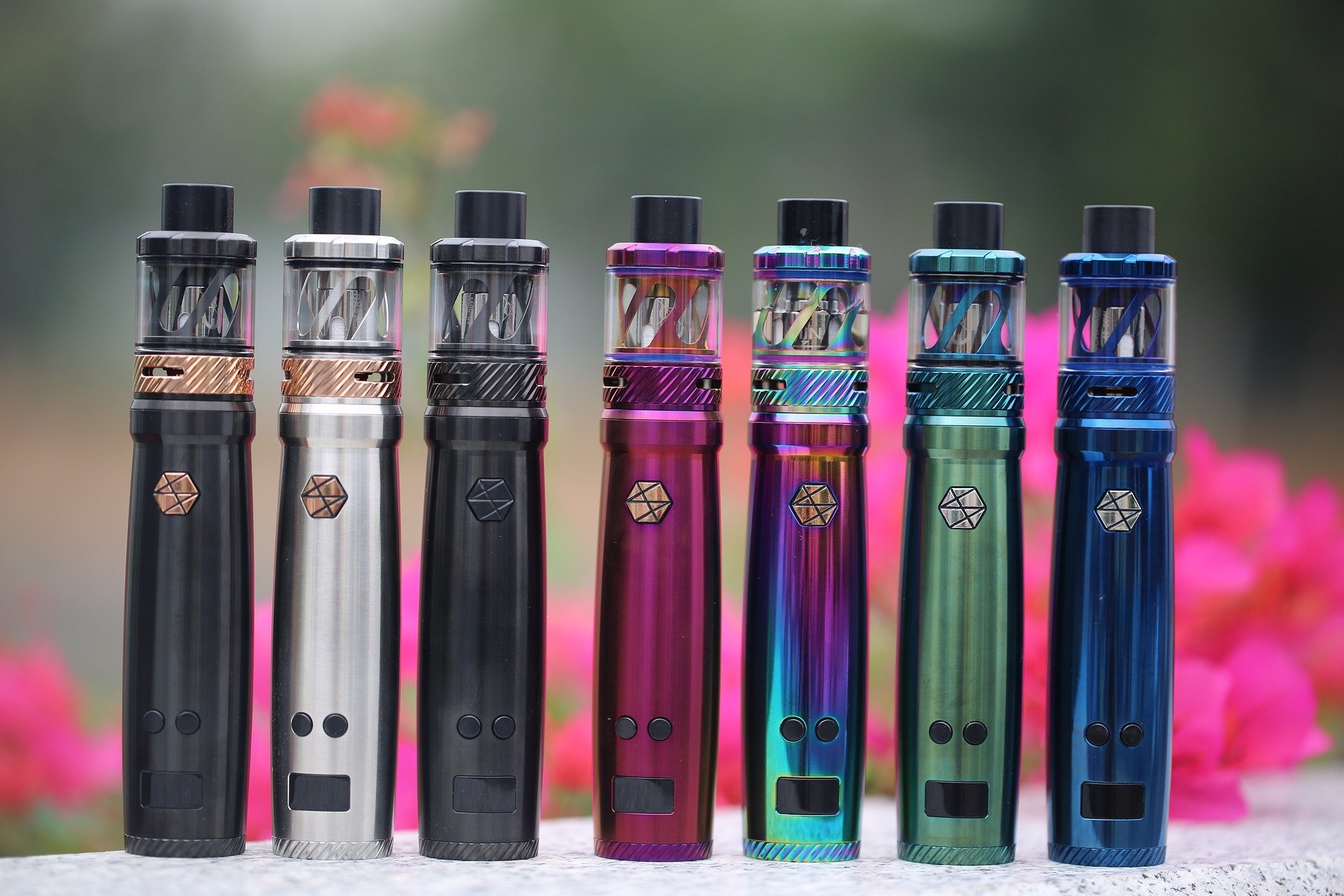Vaping: The Invisible Problem in Our Schools
Photo by Pexels
April 21, 2023
Amanda Jones - CRR Staff
Statistics on increasing vaping trends in Valdez schools have brought about greater efforts by the school district staff to educate students and prevent this behavior during this school year. It is yet unknown whether efforts have made an impact, but efforts to educate the community continue on and policies and procedures around vaping are slowly changing in the district.
While vaping has the appearance or reputation among many as being harmless, according to the CDC vape products can contain harmful chemicals known to cause lung disease as well as heavy metal particles. When vaping, “These can be inhaled deep into the lungs.” The vapor also often contains nicotine, a highly addictive substance also found in cigarettes.
Interviewing staff and administration at Valdez schools shows serious concern about growing trends in local schools. The anonymous 2019 Youth Risk Behavior Survey conducted by the Alaska Department of Health reported that 48% of students in Alaska actively use vaping devices.
Locally in Valdez, 37% of students reported ever trying vaping or e-cigarettes and 9.3% of students in Valdez reported using a vaping or e-cigarette device at least once in the last 30 days.
“Students are visibly agitated. They need more frequent bathroom breaks,” Shannon Major, a school counselor at Valdez High School (VHS) shared when asked about the side effects of vaping that affect student learning and focus in school. She also shared there’s stress on students and discomfort from having lockers searched, paraphernalia confiscated, and that the school has seen an increase in tampering and vandalism with vape detecting devices or suspected devices in bathrooms and other areas of the school.
Major continues, “upon returning from COVID it has become more and more noticeable. Last year there were a few people who had a problem with it, but now it is a different group and it’s more and more visible. Last year more girls seemed to have an issue with this behavior or habit, but now our students of concern are shifting and evolving to both boys and girls.”
While students may view vaping as harmless and many vaping concentrations come in sweet and fruit flavors Scott McCumby, resource officer for Valdez schools says, “Some are nicotine-based, some are hemp, some are marijuana-based. All of those are illegal to be in possession of if you’re under 19 according to state law.”
Signs in school parking lots also warn that for a person to have any controlled substances on school property, no matter your age, is illegal outright. Although marijuana is legal for adults to use recreationally in Alaska, it is still a controlled substance. Therefore having any marijuana-containing product on school grounds is a felony.
Disciplinary actions and policies vary widely around vape and e-cigarette usage and possession in schools. Gilson Middle School (GMS) will include a section on vapes and e-cigarettes in their student handbook for the first time for the 2023- 2024 school year. At VHS consequences can range from a one-day in-school suspension to lost privileges in sports and other extracurricular activities. Anti-vape events have been confirmed at all three public schools in Valdez this year.
McCumby and school staff and administrators feel students are uninformed about the risks and long-term effects of vaping on their bodies and minds. According to Major and McCumby, some students are not using vape pens at all to dilute the vape concentrate. McCumby said this leads to “bigger highs that become bigger falls, which we then see in classrooms. Big crashes. [Students are] agitated, looking for the next fix, unable to focus, etc.”
Because vape products are purposely designed to be small and easily concealed, as well as the fact that the vape dissipates quickly, it is often hard to detect and pinpoint unless students are caught while vaping.
To help mitigate the problem VHS implemented vaping sensors in the school this year and teachers were also given extra duties to monitor bathrooms during class breaks to dissuade vaping behaviors. Other school districts in Alaska have purchased vape wands to aid in searches when students are suspected of having a vape concealed.
Students have also noticed the problems vaping brings to the school and to their friends. One student, who wished to remain anonymous, related, “I think every single person I know vapes right now, but they’re not going to tell anyone that. They don’t think it’s a problem or anyone’s business.”
Marcedes Taylor, a student at VHS, chose vaping as the topic for her recent school research paper in order to raise awareness about the dangers of vaping and stimulate change. In it, she states, “We need to organize and change [this problem] as a community. This isn’t going to be some overnight process that one person can fix.”
Major reported, “[VHS] is doing the best we can, but we need full parent oversight and support to be vigilant, talking to children about the risks, and [we need to be] working together as stakeholders to ensure kids are healthy, to be able to help prevent this new wave of addiction.”
Amanda Jones is a teacher at Gilson Middle School. For more information, please visit the Alaska Department of Health and CDC websites.

